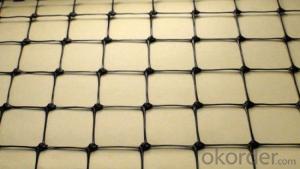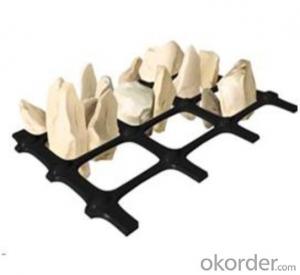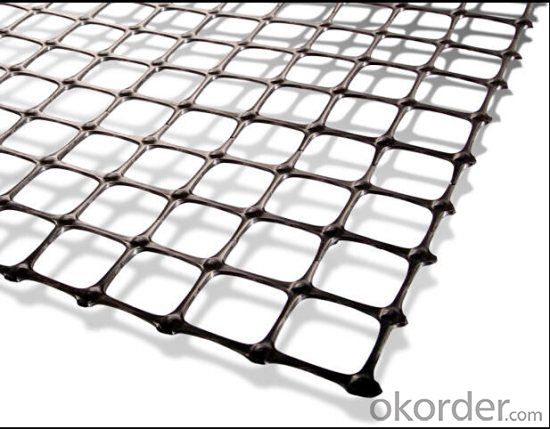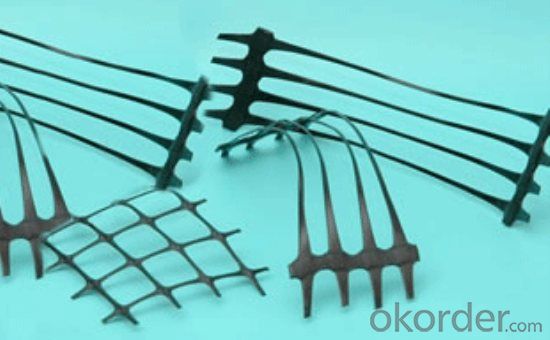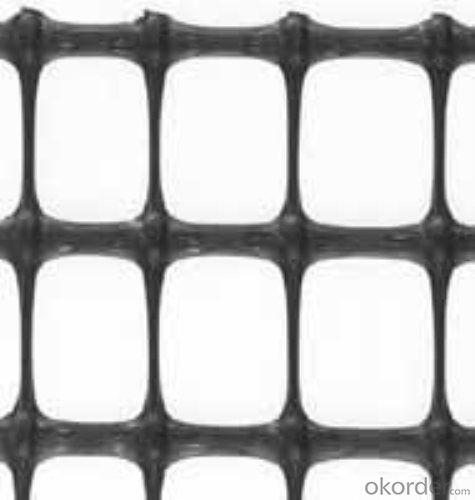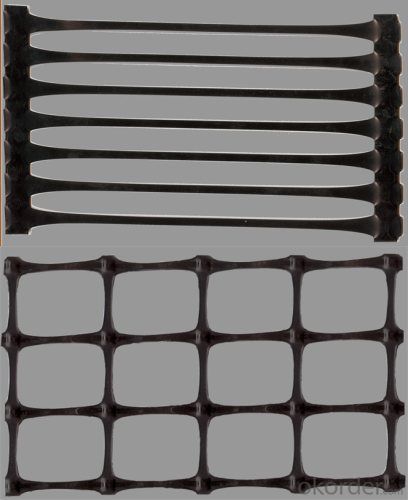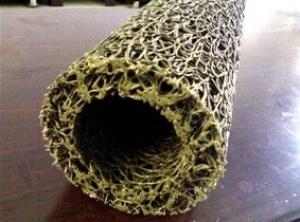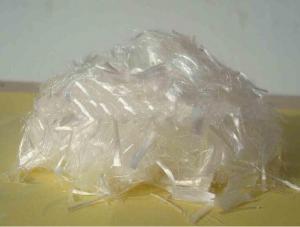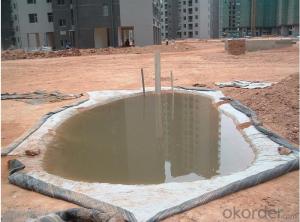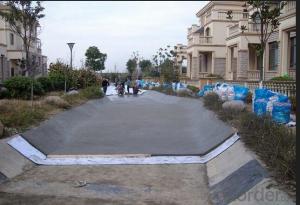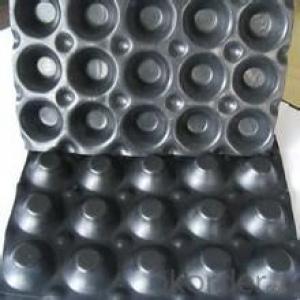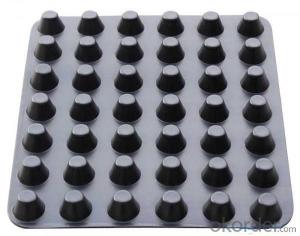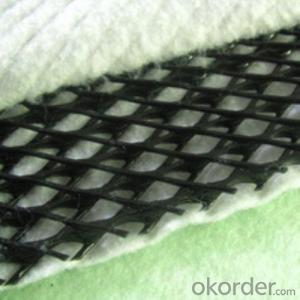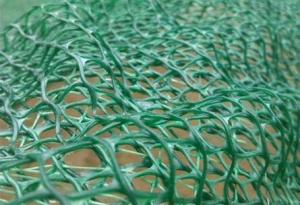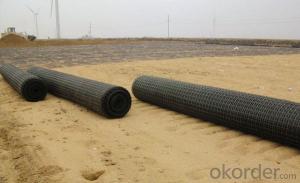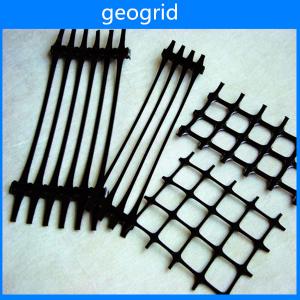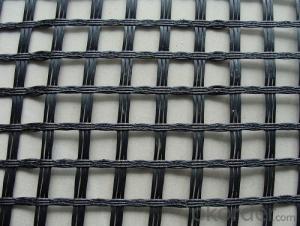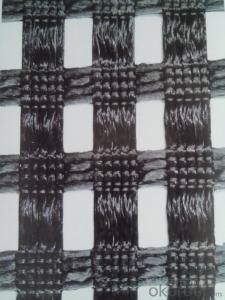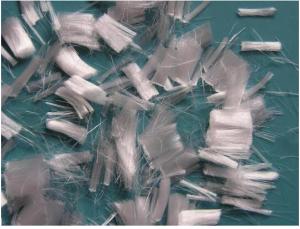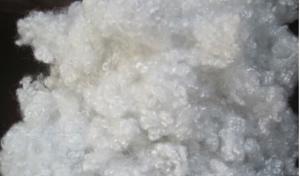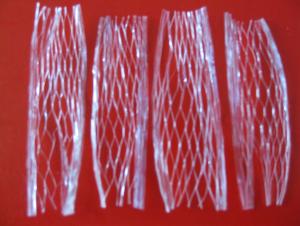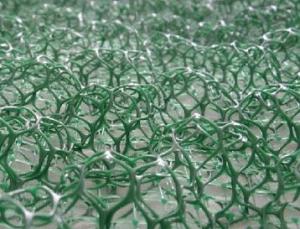Geogrid for Plastic for Architectural Engineering
- Loading Port:
- Qingdao
- Payment Terms:
- TT OR LC
- Min Order Qty:
- 9000 m²
- Supply Capability:
- 100000 m²/month
OKorder Service Pledge
OKorder Financial Service
You Might Also Like
Geogrid for Plastic for Architectural Engineering
Description Of Geogrid for Plastic for Architectural Engineering
The architectural engineering grid is one of the main materials for the synthesis of the soil. It has a unique performance and effect compared with other synthetic materials.
Geogrid are classified into four categories: Plastic geotechnical grille, steel geotechnical grille, glass fiber geogrid and polyester warp knitting polyester geotechnical grille.
Main Features of Geogrid for Plastic for Architectural Engineering
The polymer in the manufacture of plastic clay grid will be re aligned with the heating process and the orientation of the polymer, strengthening the link between the molecular chain, to achieve the purpose of improving the strength of the polymer. Its elongation is only 12% to 17% of the original plate. If in geogrid adding carbon black anti aging materials, which has good acid resistance, alkali resistance, corrosion resistance and anti-aging etc. durability.
Applications of Geogrid for Plastic for Architectural Engineering
This product is mainly used in coal mine underground mining to help, can be used as a bolt roadway, supporting the roadway, bolt shotcrete roadway and other supporting materials. When used at the top of the double layer, the double layer is used in combination.
IMages of Geogrid for Plastic for Architectural Engineering
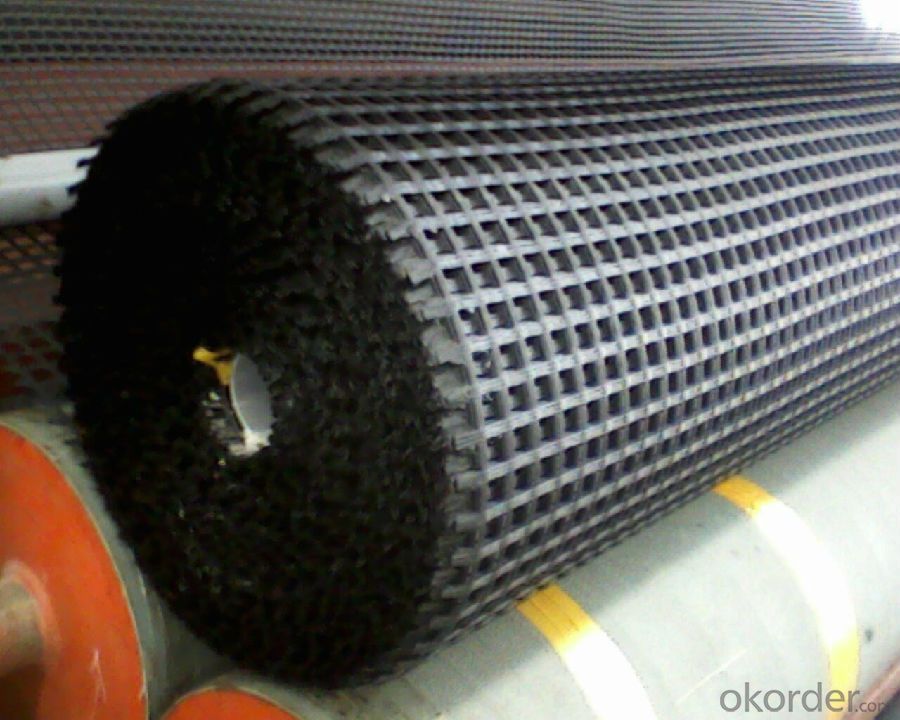

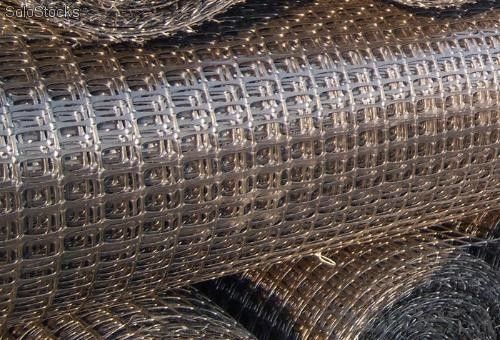

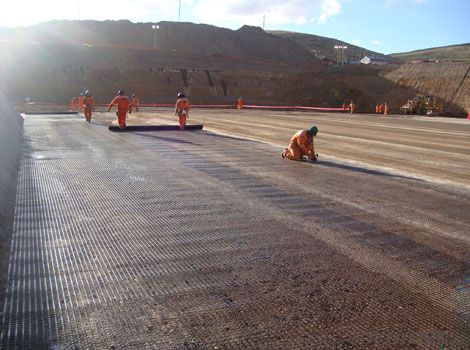
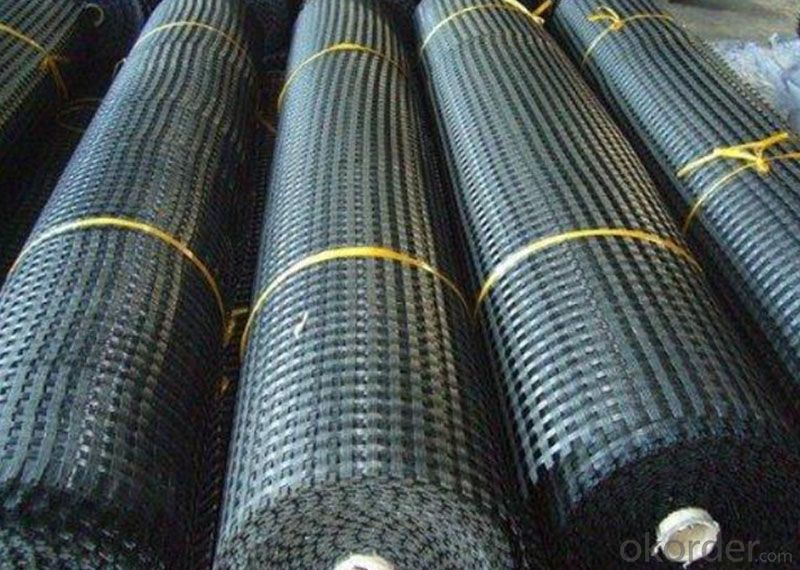
FAQ:
1. What are we supplying?
We are specialized in producing .geotextile , geocell, geogrid, geomembrane
2. How Many years experience do we have?
We have been exported to more than 15 countries in the past 10 years.
3. How long do we usually reply your request?
We always reply our customer within 12 hours.
- Q: How are geotextile tubes used in sediment dewatering?
- Geotextile tubes are used in sediment dewatering by creating large containment structures that allow water to drain out while retaining the sediment. The tubes are usually filled with sediment slurry and then left to settle. As the water drains through the permeable geotextile fabric, the sediment particles are trapped inside, resulting in dewatered sediment that can be easily disposed of or repurposed.
- Q: Can earthwork products be used for underground drainage systems?
- Yes, earthwork products such as geotextiles, geogrids, and geocomposites can be used for underground drainage systems. These materials are commonly utilized to enhance the performance and longevity of drainage systems by providing filtration, separation, and reinforcement functions. They can help prevent soil erosion, facilitate water flow, and improve overall drainage efficiency in underground installations.
- Q: What are the key factors to consider when designing with geosynthetics in earthwork?
- When designing with geosynthetics in earthwork, there are several key factors that need to be considered. Firstly, it is important to understand the specific requirements of the project and the desired outcome. This involves considering the type of geosynthetic material that will be most suitable for the desired application. Secondly, the soil conditions and site characteristics play a crucial role in the design process. Factors such as soil type, moisture content, and slope stability need to be evaluated to determine the appropriate geosynthetic design and installation techniques. Additionally, the anticipated loads and stresses that will be exerted on the geosynthetic material should be carefully analyzed. This includes considering factors such as traffic loads, hydraulic pressures, and potential settlement. Furthermore, the compatibility and interaction between the geosynthetic material and other components of the earthwork system, such as soil, aggregates, and drainage systems, must be assessed. This ensures that the geosynthetic functions effectively and integrates well within the overall design. Lastly, considering construction and maintenance aspects is crucial. The proper installation techniques, quality control measures, and long-term durability of the geosynthetic material should be taken into account to ensure the success of the project. In summary, the key factors to consider when designing with geosynthetics in earthwork include project requirements, soil conditions, anticipated loads and stresses, material compatibility, and construction and maintenance considerations.
- Q: Civil engineering expertise which to master the technology (specific point of speaking)
- Civil engineering is the construction of various types of engineering facilities of science and technology collectively. It refers to the technical activities of the materials, equipment and facilities carried out by survey, design, construction, maintenance and repair; also refers to the object of construction, that is built on the ground or underground, land or water, directly or indirectly for human life Construction, military, scientific research services such as housing, roads, railways, transport pipelines, tunnels, bridges, canals, dams, ports, power stations, airports, offshore platforms, water supply and drainage and protection works The material basis of the facility is land, building materials, construction equipment and construction machinery. With these material conditions, economic and convenient to build both to meet people's requirements and aesthetic requirements, but also safe to withstand the load of various engineering facilities, civil engineering disciplines is the starting point and destination
- Q: How do geocells provide erosion control on steep slopes?
- Geocells provide erosion control on steep slopes by confining and stabilizing the soil, preventing it from being washed away by water runoff. The interconnected cells create a structural matrix that reinforces the soil, reducing the velocity of water flow and minimizing erosion. Additionally, the geocells promote vegetation growth by retaining moisture and nutrients, further enhancing erosion control on steep slopes.
- Q: What are the benefits of using geosynthetic reinforcements in foundation applications?
- Geosynthetic reinforcements offer several benefits in foundation applications. Firstly, they enhance the stability and load-bearing capacity of the foundation, reducing settlement and preventing soil erosion. Secondly, they provide a cost-effective solution as they require less excavation and construction materials. Additionally, geosynthetic reinforcements are easy to install and maintain, saving time and labor. They also have high durability and resistance to environmental factors, ensuring long-term stability of the foundation. Overall, using geosynthetic reinforcements in foundation applications improves the performance, longevity, and cost-efficiency of the structure.
- Q: Are earthwork products easy to transport and handle?
- Yes, earthwork products are generally easy to transport and handle. They are often lightweight and compact, making them convenient to transport to construction sites. Additionally, they are designed to be easily handled and installed, allowing for efficient use and reducing the need for heavy machinery or specialized equipment.
- Q: Are earthwork products suitable for use in railway track construction?
- Yes, earthwork products are suitable for use in railway track construction. These products, such as aggregates, ballast, and embankments, provide stability and support to the tracks, ensuring safe and efficient train operations. Additionally, earthwork materials are cost-effective, readily available, and can be easily sourced locally, making them a viable option for railway track construction projects.
- Q: Can earthwork products be used in sound barrier construction?
- Yes, earthwork products can be used in sound barrier construction. Earthwork products such as soil, sand, or gravel can be utilized as part of the foundation or filling materials for sound barriers. These materials provide stability and support to the structure while helping to reduce noise transmission by absorbing or deflecting sound waves.
- Q: Detailed classification of civil works?
- According to its use: can be divided into structural materials, decorative materials, waterproof materials, insulation materials, etc .; according to its function: can be divided into structural materials, decorative materials, waterproof materials,
Send your message to us
Geogrid for Plastic for Architectural Engineering
- Loading Port:
- Qingdao
- Payment Terms:
- TT OR LC
- Min Order Qty:
- 9000 m²
- Supply Capability:
- 100000 m²/month
OKorder Service Pledge
OKorder Financial Service
Similar products
Hot products
Hot Searches
Related keywords
